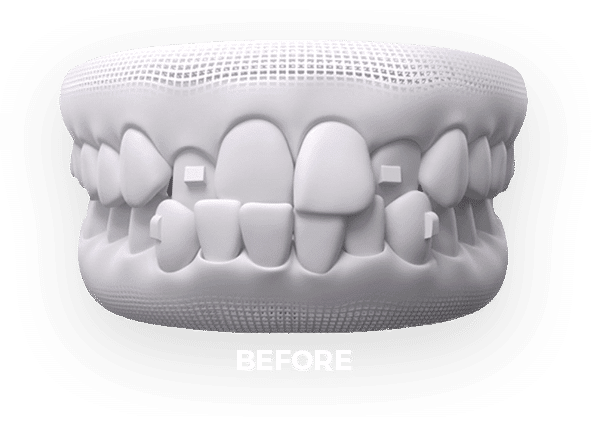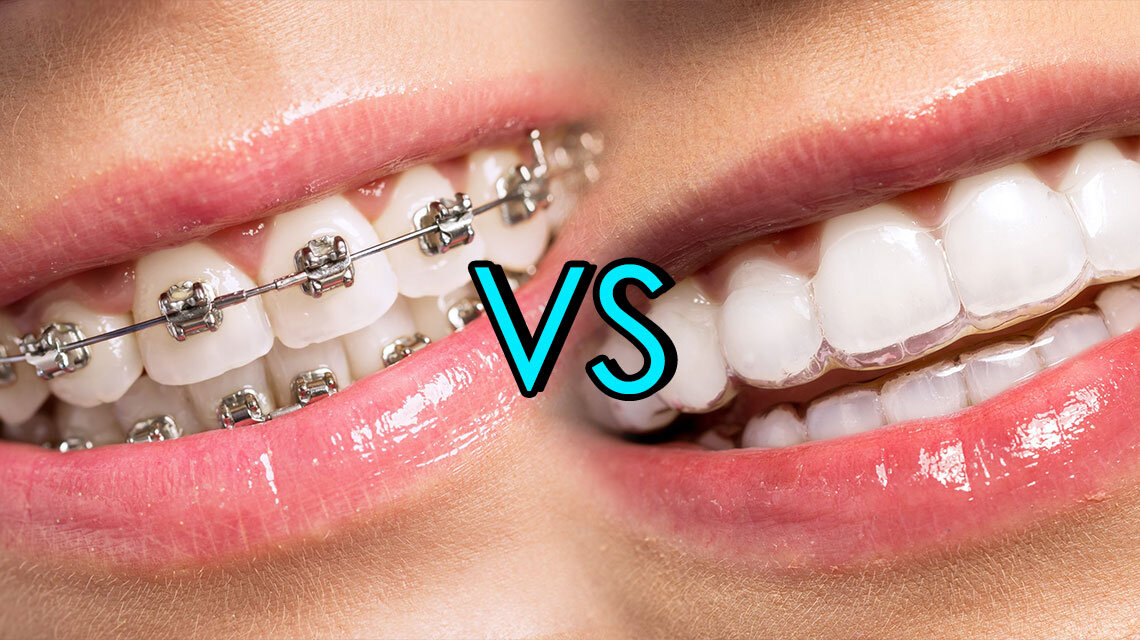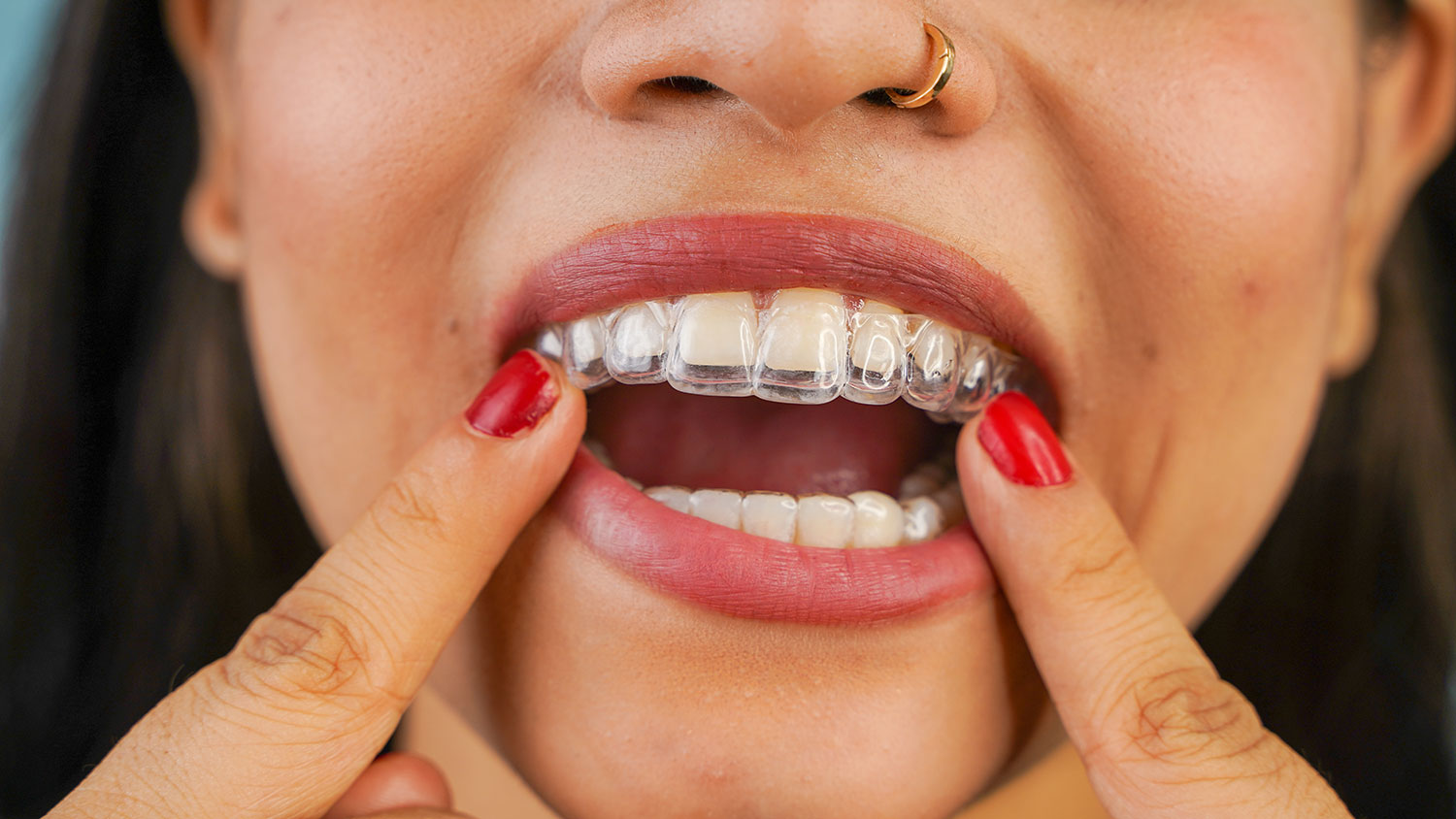Leading Reasons to Select Invisalign Over Other Orthodontic Treatments
Leading Reasons to Select Invisalign Over Other Orthodontic Treatments
Blog Article
Invisalign vs. Traditional Dental braces: Which Option Is Right for You?
When taking into consideration orthodontic therapy, the option between Invisalign and typical dental braces offers numerous crucial aspects that warrant mindful examination. Invisalign supplies a very discreet choice with detachable aligners, while traditional braces supply an extra noticeable yet reliable service for extreme misalignment. Each option incorporates distinctive advantages and disadvantages associated with looks, convenience, therapy period, and price. Comprehending these nuances is crucial for making an informed decision that aligns with your personal preferences and way of living. The inquiry stays: which option will best fulfill your orthodontic requirements and expectations?
Introduction of Treatment Options

In contrast, traditional dental braces include metal braces and cords that are bound to the teeth. This method uses constant stress gradually to attain positioning. While efficient for complex orthodontic issues, typical dental braces need regular gos to for adjustments and can posture challenges in preserving dental hygiene as a result of the difficulty of cleaning up around braces and cords.
Both choices have their qualities, and the option often depends upon particular oral conditions, way of life choices, and patient conformity. Ultimately, seeking advice from an orthodontic expert is vital for identifying the most ideal treatment strategy tailored to private requirements. Understanding the nuances of each choice can significantly influence the general success of orthodontic treatment.
Visual Considerations
A substantial element affecting the option between Invisalign and traditional dental braces is the aesthetic charm each treatment offers. Invisalign aligners are crafted from clear plastic, making them basically undetectable when used.
In contrast, conventional dental braces include steel braces and wires, which can be extra recognizable. While improvements in orthodontic technology have brought about the growth of smaller sized braces and colored elastics, traditional dental braces still preserve a more noticeable account. For some individuals, the visibility of braces may discourage them from seeking essential treatment.
Eventually, the choice in between Invisalign and typical braces may hinge on personal choices concerning visual appeals. Individuals that prioritize discernment often favor Invisalign, while those who are less worried about visibility might choose for typical braces. Recognizing the aesthetic implications of each choice is vital for making a notified choice that aligns with one's way of living and choices.
Comfort and Convenience

In regards to comfort, Invisalign aligners are detachable, enabling people to appreciate their preferred foods without restriction and keep ideal oral health. Brushing and flossing are simplified, as the aligners can be obtained during these routines, whereas typical dental braces require mindful navigating around braces and cables.
Furthermore, Invisalign's progressive system enables less orthodontic sees. Individuals normally receive multiple collections of aligners simultaneously, which can enhance the treatment process and reduce time spent in the orthodontist's chair. On the other hand, typical braces require routine modifications, making them less convenient for those with busy timetables. Invisalign. On the whole, the convenience and ease of Invisalign make it an appealing choice for many individuals seeking orthodontic therapy.
Treatment Period and Effectiveness
While both Invisalign and traditional braces are efficient in dealing with dental imbalances, the period of therapy can differ considerably between the 2 alternatives. Normally, Invisalign therapy can take anywhere from 12 to 18 months, depending on the intricacy of the situation. The clear aligners work by slowly moving teeth into their wanted placements, and routine follow-ups with an orthodontist assistance make certain development continues to see be on track.
In contrast, conventional braces typically need a longer dedication, normally varying from 18 months to three years. This is because of their fixed nature and using brackets and cables, which can be a lot more efficient for serious imbalances and complicated situations (Invisalign). The therapy performance of typical dental braces is well-documented, as they enable accurate modifications and higher control over tooth activity
Ultimately, the choice between Invisalign and traditional dental braces might rest on both the expected treatment period and the certain oral problems at hand. Consulting with an orthodontist is crucial, as they can supply customized suggestions based upon specific needs, making certain the chosen technique straightens with desired end results and timeframes.
Price Contrast and Insurance Policy Choices
Expense plays a substantial duty in the decision-making procedure for people thinking about orthodontic therapy, whether going with Invisalign or conventional dental braces. Generally, the cost of Invisalign varieties from $3,000 to $8,000, while conventional dental braces usually cost between $2,000 and $6,000. Variables affecting these costs include the complexity of the case, the duration of treatment, and geographical area.
Insurance policy protection can significantly influence out-of-pocket expenses. Several oral insurance coverage plans supply partial insurance coverage for orthodontic therapies, yet the specifics can vary widely. It is crucial for people to assess their insurance policy plans to establish the level of protection for either choice. Normally, standard braces might be much more frequently covered by insurance policy strategies contrasted to Invisalign, which some insurance companies classify as a cosmetic treatment.
Additionally, a number of orthodontic techniques offer adaptable settlement plans, making both treatment options much more easily accessible. People should inquire about prospective financing choices and price cuts for ahead of time payments. Examining the complete cost, including insurance benefits and repayment strategies, is crucial for making an informed choice that aligns with both visual preferences and budget plan factors to consider.

Final Thought
In summary, the selection in between Invisalign and conventional dental braces hinges on several elements, consisting of visual preferences, comfort, treatment period, and cost. Invisalign offers a very discreet, removable option that promotes oral hygiene and nutritional flexibility, while traditional dental braces might be a lot more appropriate for complicated oral issues and frequently come at a reduced cost factor. Inevitably, examination with an orthodontist is essential to examine specific scenarios and identify one of the most suitable therapy alternative for accomplishing optimal dental placement.
When taking into consideration orthodontic treatment, the option in between Invisalign and typical braces offers several crucial elements that merit careful analysis.Contrasting Invisalign and standard you can look here braces discloses unique treatment alternatives for Recommended Site orthodontic improvement.While both Invisalign and traditional dental braces are efficient in remedying dental misalignments, the duration of therapy can vary dramatically between the 2 choices.Cost plays a substantial role in the decision-making procedure for people thinking about orthodontic treatment, whether opting for Invisalign or traditional dental braces.In summary, the option in between Invisalign and standard braces hinges on numerous aspects, including visual choices, comfort, therapy duration, and price.
Report this page